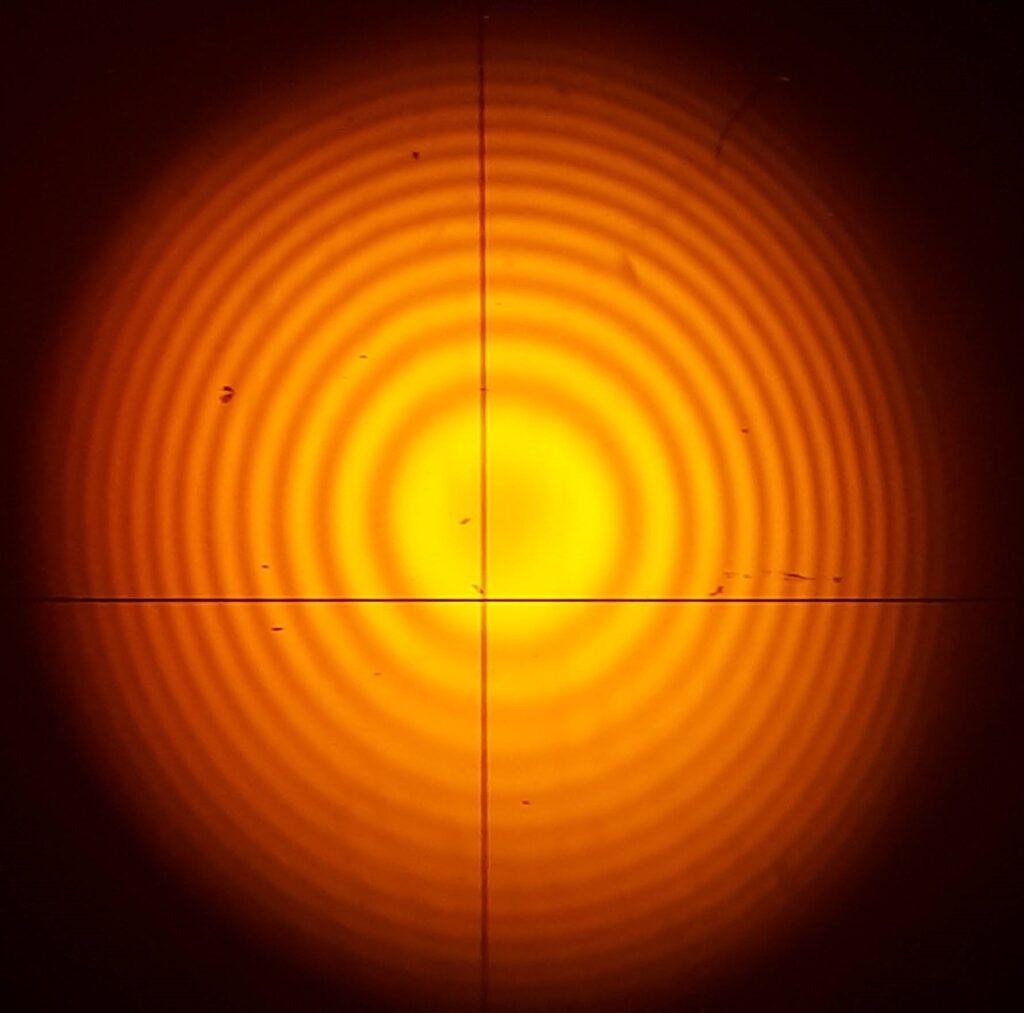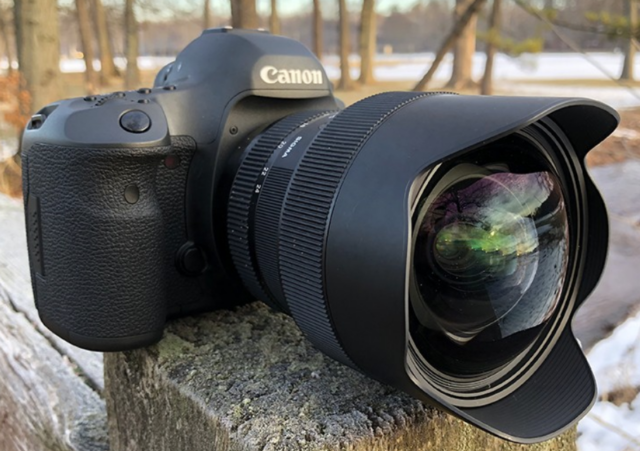If you’re a photographer, you know that Newton’s rings can be a real pain to deal with. But did you know that there’s a simple way to prevent them? In this article, we’ll show you how to use anti-Newton ring coating to keep your photos free of those pesky rings!
What is an Anti-Newton Ring Coating?
Anti-Newton ring coatings are used in a variety of applications, including microscopy, photography, and lithography.
– In microscopy, the coating is used to prevent the formation of Newton’s rings on the surface of the specimen. This allows for a more clear and accurate view of the specimen.
– In photography, the coating is used to reduce or eliminate Newton’s rings that can appear on film or digital images.
– And in lithography, the coating is used to prevent interference patterns from forming on the surface of the printing plate.
There are a variety of different types of anti-Newton ring coatings, each with its own advantages and disadvantages. The type of coating that is best for a particular application will depend on factors such as the wavelength of light that will be used, the desired level of performance, and the cost.
What Causes Newton’s Rings?

Newton’s rings are a type of optical interference that occurs when light waves reflect off of a surface. The waves reflect off of the surface at different angles, and this creates a series of concentric circles.
There are a few different things that can cause Newton’s rings.
– One is when the surface of an object is not completely flat. The waves will reflect off of the object at different angles, and this will create the rings.
– Another cause is when there is a difference in the refractive index between the two materials. This can happen when there is a difference in the thickness of the two materials, or when one material is denser than the other.
– Finally, Newton’s rings can also be caused by environmental factors such as temperature or humidity. This is because the refractive index of air changes with these factors.
So, what can you do to prevent Newton’s rings?
– One option is to use an anti-Newton ring coating. This coating helps to reduce the amount of reflected light, and it also helps to equalize the refractive index between the two materials. This can help to prevent the formation of Newton’s rings.
– Another option is to make sure that the surface you are using is completely flat. This can be done by using a surface plate or a glass plate. If the surface is not flat, the waves will reflect off at different angles and create the rings.
– Finally, you can try to control the environmental factors that can cause Newton’s rings. This includes keeping the temperature and humidity constant.
When to Use an Anti-Newton Ring Coating?

If you’re experiencing issues with Newton’s Rings, using an anti-Newton ring coating can help to resolve the problem. Here’s a look at when you should use this type of coating:
- When shooting through glass.
- When working with high-contrast subjects.
- When photographing reflective surfaces.
- When using a telephoto lens.
How to Apply an Anti-Newton Ring Coating?
When using an anti-Newton ring coating, be sure to apply it evenly and in a very thin layer. You don’t want to glob it on, as that will just create more Newton rings. A good way to avoid this is to use a piece of glass or another smooth surface to spread the coating out thinly. It’s also important to make sure that the surface you’re applying the coating to is clean and free of any debris or fingerprints. Once the coating is applied, allow it to dry completely before using the lens or taking any pictures.
Conclusion
Proper application of an anti-Newton ring coating can eliminate or greatly reduce the Newton rings that would otherwise be visible in your images. This simple and effective technique can save you a lot of time and frustration in post-processing, and it’s well worth the effort to learn how to use it properly.



